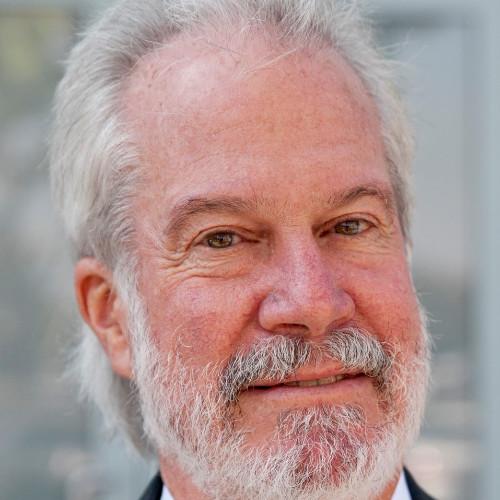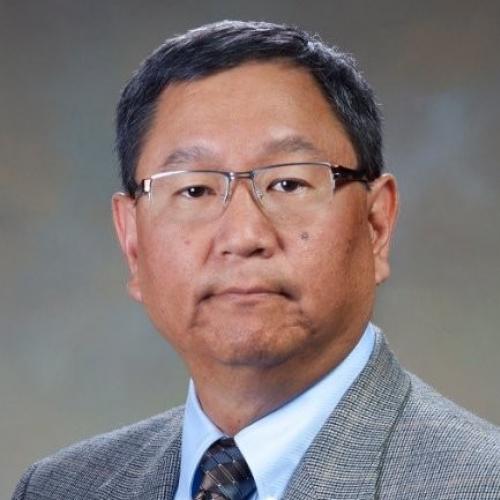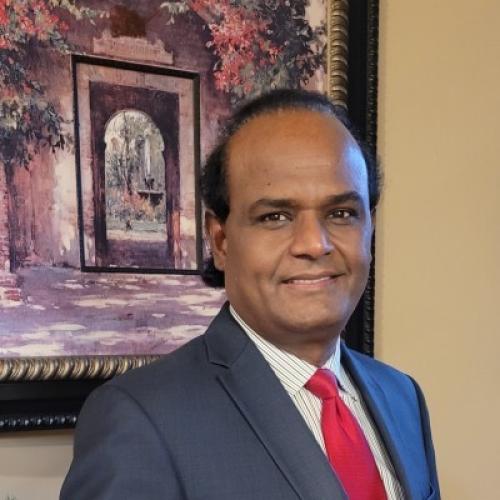How are Increased Adoption of CXL, HBM, and Memory Protocol Expected to Change the Way Memory and Storage is Used and Assembled?

Jim Handy
Jim Handy of Objective Analysis has over 35 years in the electronics industry including 20 years as a leading semiconductor and SSD industry analyst. Early in his career he held marketing and design positions at leading semiconductor suppliers including Intel, National Semiconductor, and Infineon. A frequent presenter at trade shows, Mr. Handy is highly respected for his technical depth, accurate forecasts, widespread industry presence and volume of publication. He has written hundreds of market reports, articles for trade journals, and white papers, and is frequently interviewed and quoted in the electronics trade press and other media.

Sony Varghese
Dr. Sony Varghese is Senior Director of strategic marketing for memory in the Semiconductor Products Group at Applied Materials. In this role, he is involved in identifying challenges to scaling and future key inflections in the memory industry. Prior to Applied Materials, he worked on developing various memory technologies within the R&D organization at Micron Technologies. Dr. Varghese has over 25 U.S. patents issued or pending in the area of semiconductor processing and integration. He holds a Ph.D. in Mechanical and Materials Engineering from The Oklahoma State University, USA.

Brett Dodds



